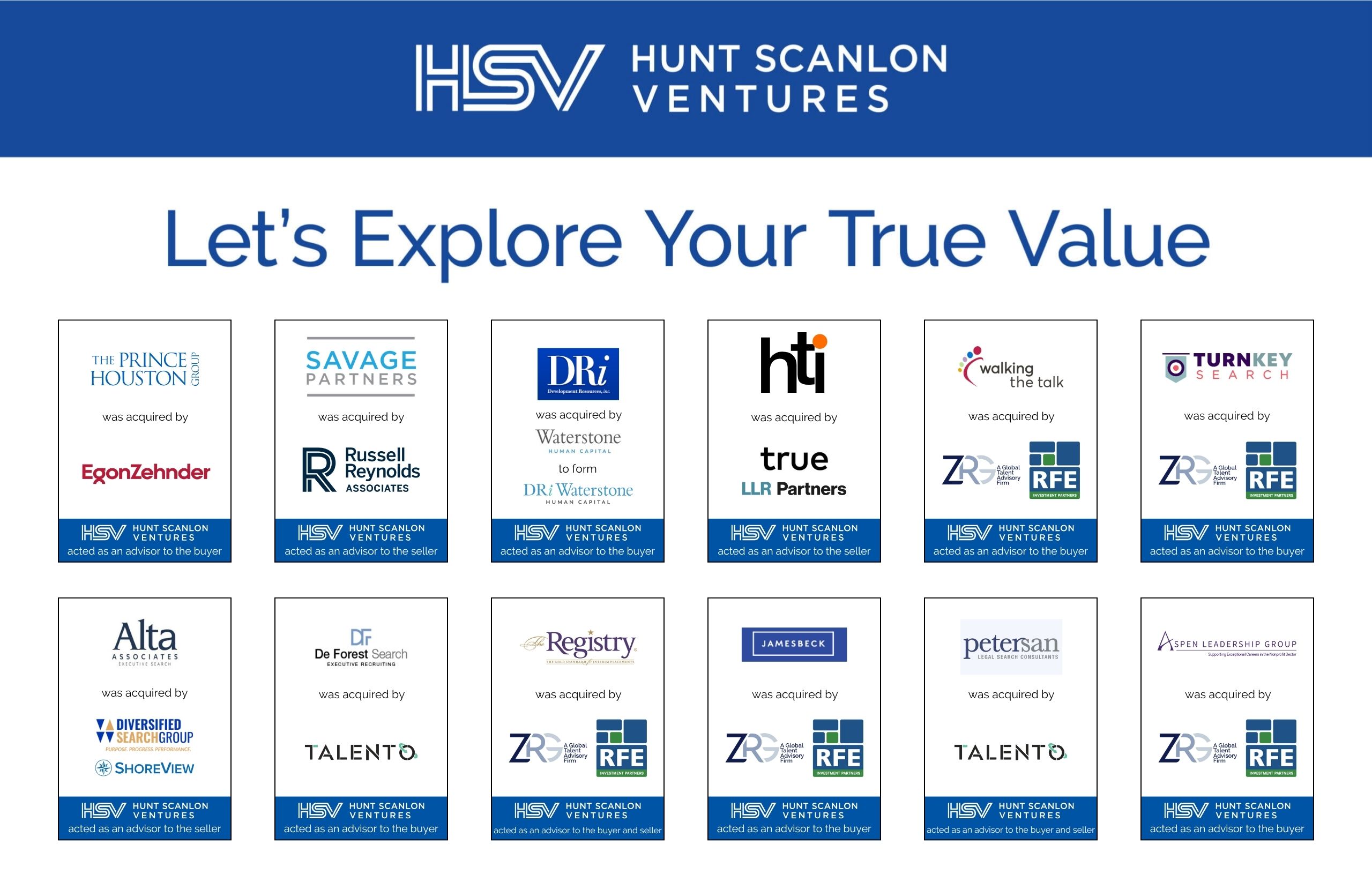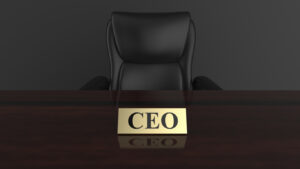The return of tech talent to traditional industries is reshaping how companies think about leadership, culture, and innovation. Leo Cummings, an associate at Hunt Scanlon Ventures, explores how former Big Tech executives are bringing a new mindset to sectors like automotive, manufacturing, and media – and what it means for the future of organizational performance.
Recent commentary by Mike Doonan, Managing Partner at SPMB, described a clear shift underway. Tech leaders are flowing back into legacy industries and making an immediate impact.
And they are not just filling roles – they are transforming how these sectors operate. From software-defined vehicles to real-time analytics, their influence is accelerating.
“For decades, tech talent flowed into Big Tech,” said Mr. Doonan. “Now, they’re returning to traditional industries – bringing not just skills, but a new mindset.”
Tech Meets Tradition
The automotive industry is ground zero for this change. As vehicles become digital platforms, tech executives are leading initiatives in over-the-air updates, UX, and analytics.
“For decades, tech talent flowed into Big Tech. Now, they’re returning to traditional industries – bringing not just skills, but a new mindset.”
But this shift isn’t without tension. Speed and innovation must be balanced with safety, reliability, and decades of engineering rigor.
“Tech leaders are bridging two vastly different development speeds: Silicon Valley’s rapid iteration and Detroit’s safety-first cycles,” Mr. Doonan said.
Already, some firms are seeing the risks of moving too fast. Software-driven recalls and unstable feature rollouts are reminders that disruption requires discipline.
Industrial Agility
In manufacturing, tech talent is scaling IoT platforms, automating production lines, and building real-time data capabilities. They’re helping reimagine what industrial operations can look like.
But success requires adaptation. Agile frameworks must be customized for environments where safety and physical constraints matter.
“These leaders aren’t just importing skills . . . They are introducing a mindset of rapid iteration, data-driven decision-making, and hybrid innovation.”
Leaders who thrive here know how to bring structure to experimentation. They blend speed with accountability – and help teams modernize without losing control.
Media’s Natural Fit
In the media sector, the transition is smoother. Tech veterans bring experience with recommendation engines, content delivery networks, and audience analytics.
They also serve as translators – connecting technical infrastructure with creative ambition. That alignment is driving innovation across platforms and formats.
Purpose, Culture & Integration
These returning leaders aren’t just chasing compensation. Many want purpose.
“These leaders aren’t just importing skills,” said Mr. Doonan. “They are introducing a mindset of rapid iteration, data-driven decision-making, and hybrid innovation.”
The challenge is cultural. Traditional firms must evolve to attract and retain this kind of leadership.
The opportunity is bigger than tools. It’s about people, systems, and long-term adaptability. Those who meet this moment won’t just compete – they’ll lead.
Article By

Leo Cummings
Leo Cummings is Editor-in-Chief of ExitUp, the investment blog from Hunt Scanlon Ventures designed for professionals across the human capital M&A sector. Leo serves as an Associate for Hunt Scanlon Ventures, providing robust industry research to support the firm’s investment group.






